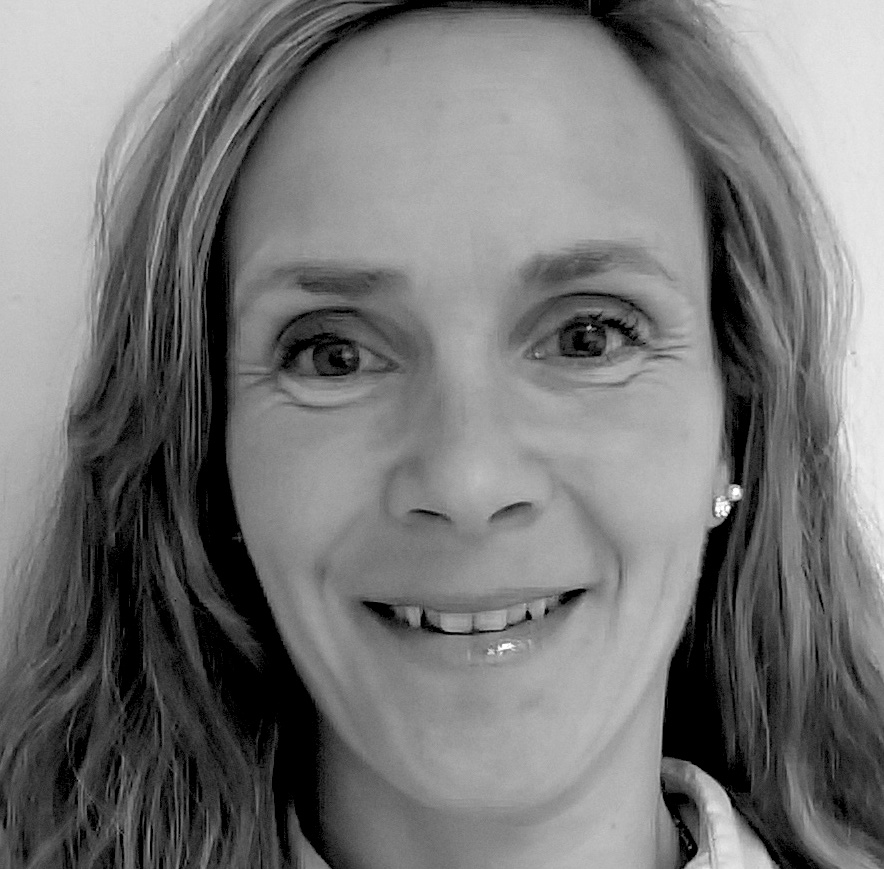

Terms and technology like deep learning, big data and artificial intelligence have spread into healthcare diagnostics and radiology. The purpose is to assist in decision-making by creating cheaper and more efficient diagnoses.
Researchers and vendors moving this field forward have a bold recommendation for radiologists: “Embrace it, it will make you stronger; reject it, it may make you irrelevant.”
In this session we will hear how smart technology can unburden radiologists and allow them to focus on the most important cases instead of checking hundreds of images every day.
Moderator: Bjørn Myrvold
Petter Hurlen, Akershus University Hospital
Akershus University Hospital has previously demonstrated how structured information from the Electronic Patient Record can used to improve diagnostic imaging. The purpose of the current project is to combine the cognitive analyses of unstructured record information with structured data to assess the use of Computed Tomography (CT) scans in emergency pediatric cases. On the one hand, CT scans can provide valuable diagnostic information; on the other it exposes the patient for radiation. Current clinical indications are based on limited studies of a few dozens cases. The current project will analyze tens of thousands of cases using IBM Watson Explorer to identify and limit clinical indications for CT scans of children in emergency cases.
2. Possibilities of big data analytics for imaging
By Claes Lundstöm, Sectra
 Petter Hurlen
Petter Hurlen
 Claes Lundström
Claes Lundström
 Alexandra Reksten
Alexandra Reksten